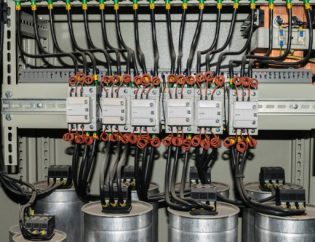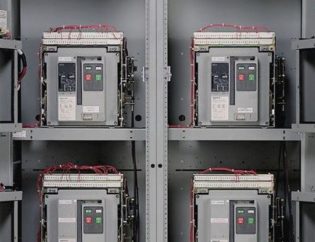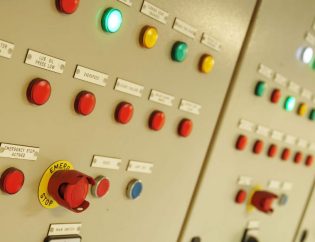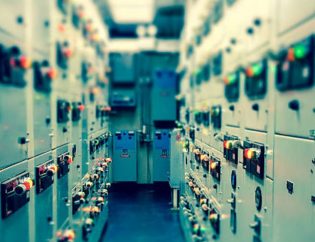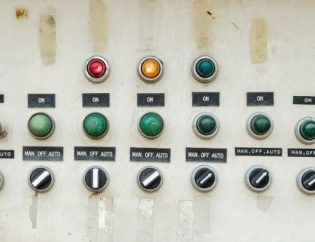Introduction
In today’s HVAC systems, achieving personalized comfort and energy efficiency is crucial. One effective way to achieve this is through zone control. By dividing a building into separate zones and controlling temperature and airflow independently, zone control enables customized comfort settings and reduces energy waste. In this blog, we will explore the concept of zone control in HVAC systems and delve into the role of HVAC control panels in implementing and managing zone control capabilities.
Understanding Zone Control in HVAC Systems
Zone control is a strategy that involves dividing a building into individual zones, typically based on usage or occupancy patterns. Each zone has its own temperature and airflow requirements. Zone control systems allow for precise control of temperature and airflow in each zone, offering personalized comfort and energy savings. By adjusting heating and cooling based on the actual needs of each zone, unnecessary energy consumption can be minimized.
The Role of HVAC Control Panels in Zone Control
HVAC control panels serve as the central hub for managing and controlling HVAC systems, including zone control. They provide the interface for users to monitor and adjust temperature, airflow, and other HVAC parameters. Control panels communicate with thermostats, dampers, and other components to regulate conditions within each zone. They enable the coordination and synchronization necessary for effective zone control.
Types of Zone Control Systems
- Thermostat-based Systems: Thermostat-based zone control systems utilize individual thermostats for each zone. Occupants can set their desired temperature independently, allowing for customized comfort. However, this type of system does not provide precise control over airflow and relies on the central HVAC unit to distribute conditioned air.
- Dampers and Zoning Systems: Dampers and zoning systems work by incorporating motorized dampers in the ductwork. These dampers control the airflow to different zones. Each zone is equipped with its own thermostat, which communicates with the control panel to regulate temperature and adjust damper positions accordingly. This approach offers more precise temperature control and energy savings by directing conditioned air only to occupied areas.
- Variable Air Volume (VAV) Systems: VAV systems utilize adjustable airflow vents and variable fan speeds to control temperature and airflow in each zone. They are commonly used in commercial buildings. VAV systems continuously monitor the temperature in each zone and adjust the airflow accordingly. This provides precise temperature regulation and energy savings by matching the airflow to the actual demand of each zone.
Benefits of Zone Control in HVAC Systems
- Improved Energy Efficiency: Zone control allows for targeted heating and cooling, minimizing energy waste in unoccupied areas. Energy savings of up to 30% can be achieved compared to traditional systems.
- Enhanced Comfort: With zone control, occupants have the ability to set their preferred temperatures in different areas, ensuring personalized comfort throughout the building.
- Precise Temperature Regulation: Zone control systems maintain consistent temperatures within each zone, eliminating temperature imbalances and hot or cold spots.
- Individual Zone Monitoring and Control: HVAC control panels enable users to monitor and adjust the temperature, airflow, and other parameters for each zone independently, providing convenience and flexibility.
Considerations for Implementing Zone Control
To effectively implement zone control, several factors should be considered:
- Building Design and Layout: The layout and design of the building influence the placement of dampers, thermostats, and other zone control components. Proper zoning design is essential for optimal performance.
- Equipment Compatibility: HVAC equipment, including dampers, thermostats, and control panels, must be compatible with the selected zone control system. Integration and compatibility should be considered during system selection and installation.
- Proper System Sizing and Balancing: The HVAC system must be properly sized to accommodate zone control. Additionally, airflow balancing is necessary to ensure equal distribution of conditioned air throughout the zones.
Real-World Examples of Zone Control Implementation
Several buildings and facilities have successfully implemented zone control, yielding significant benefits. For example, a large office complex reduced its energy consumption by 20% by implementing zone control and personalized temperature settings. Similarly, a hotel chain improved guest comfort and achieved substantial energy savings by utilizing zone control in guest rooms.
Conclusion
Zone control is a valuable strategy in HVAC systems, offering personalized comfort and energy efficiency. HVAC control panels play a vital role in enabling and managing zone control capabilities. By incorporating zone control, building owners and occupants can enjoy customized comfort, reduced energy consumption, and improved overall HVAC system performance. Understanding the various zone control systems, considering implementation factors, and leveraging control panel functionalities can help achieve optimal results in zone-controlled HVAC environments.




